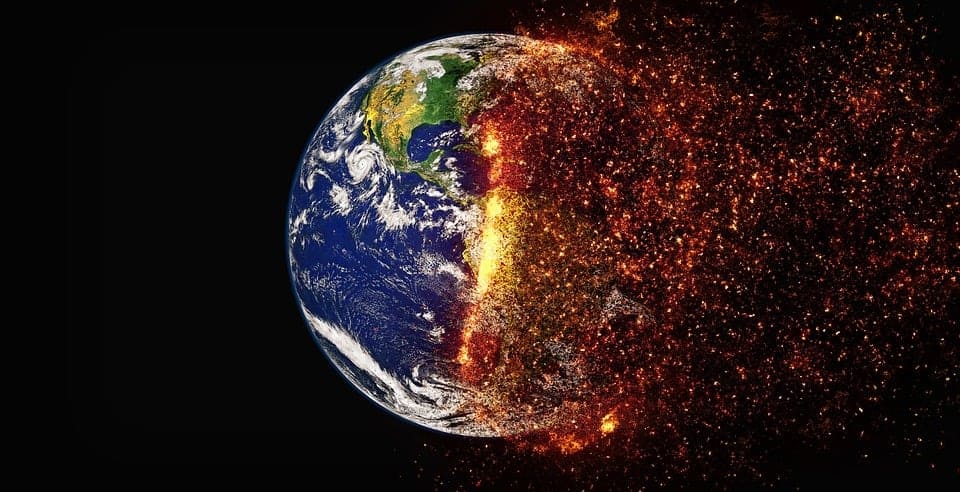By Huck Fairman
Global warming, so evident over this last year, is, alas, not the only threat to our survival as we have known it. The emissions, that allow it, continue in many places, from many sources. But in addition, population growth, viruses, environmental degradation, species declines, plastics, hunger, inequality, and autocracies all contribute to the existential threats that civilization has brought upon itself.
But there is another. Author (of The Sixth Extinction, among other books,) and journalist for The New Yorker magazine, Elizabth Kolbert, has written an article on a subject that most of us are unaware, but which is yet another threat to our well-being. This is the widespread use of nitrogen and phosphorus as fertilizers for our growing need for food. The world’s population has recently reached 8 billion and may well go up to 9 billion in the next decades. The need for food will likewise increase, requiring more phosphorus fertilizers. And this results in two problems: the inadequate availability of those fertilizers and the contamination that their usage produces.
The usage of these fertilizers, and the excretion of phosphorous by both animals and humans creates dangerous contamination. Through both water runoff and sewage systems, large quantities of phosphorus get into water bodies, from the Gulf of Mexico to the Great Lakes, Lake Champlain, Lake Okeechobee, and others. This creates dead zones where toxic algae blooms prevent natural life and can lead to human health problems.
The population of New York City produces about a billion gallons of urine per year; Shanghai residents produce about 3 billion. Urine contains phosphorous as well as nitrogen and potassium – which could be collected and distributed to farmers, allowing them to cut down on the use of conventional fertilizers, with their phosphorous.
So what to do? As humans and farm animals are not likely to reduce their excretions, a solution would seem to require reduced usage of commercial fertilizers through the collection of animal and human excretions and the extracting of their phosphorous.
Another step could be the reduction of phosphorous fertilizers used to grow corn for biofuels. The carbon dioxide, CO2, emissions from corn-based biofuels “are probably worse than gasoline.” Getting rid of both “would benefit the climate and the country’s waterways.” This problem has been another example of seeming quick, short-term solutions resulting in long-term costs.
Finally, it is estimated that globally one third of all food is thrown away. In the U.S., the total may be closer to 40%. Reducing that waste should reduce the need for phosphorous fertilizers.
How will the nations of the world respond to this additional, existential threat? While many countries, and their citizens, support reducing emissions and preserving land and species, there has not yet been the needed level of response. Could the visible contamination of water needed for so much of human activity lead to the necessary changes? So far, the human record in addressing the threats faced has been mixed, leaving the future uncertain.

